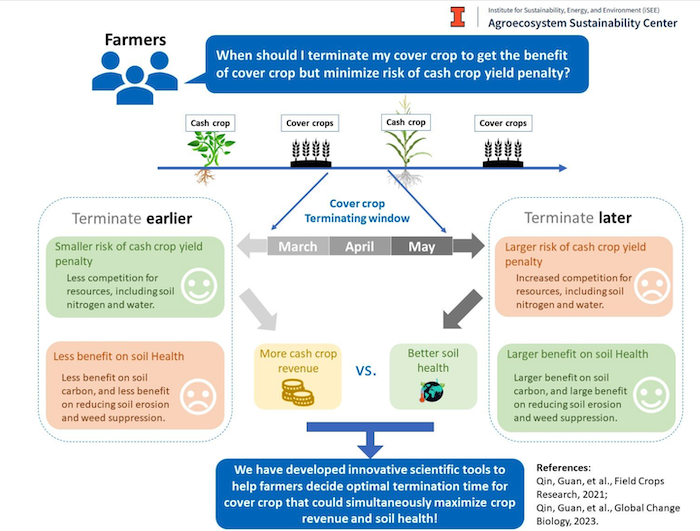The National Strip-Tillage Conference returns August 8-9, 2024! Build and refine your strip-till system with dozens of new ideas and connections at the 11th Annual National Strip-Tillage Conference in Madison, Wis. Aug. 8-9, 2024. Experience an energizing 2-day agenda featuring inspiring general session speakers, expert-led Strip-Till Classrooms and collaborative Strip-Till Roundtables. Plus, Certified Crop Adviser credits will be offered.
Learn More 

Post a comment
Report Abusive Comment